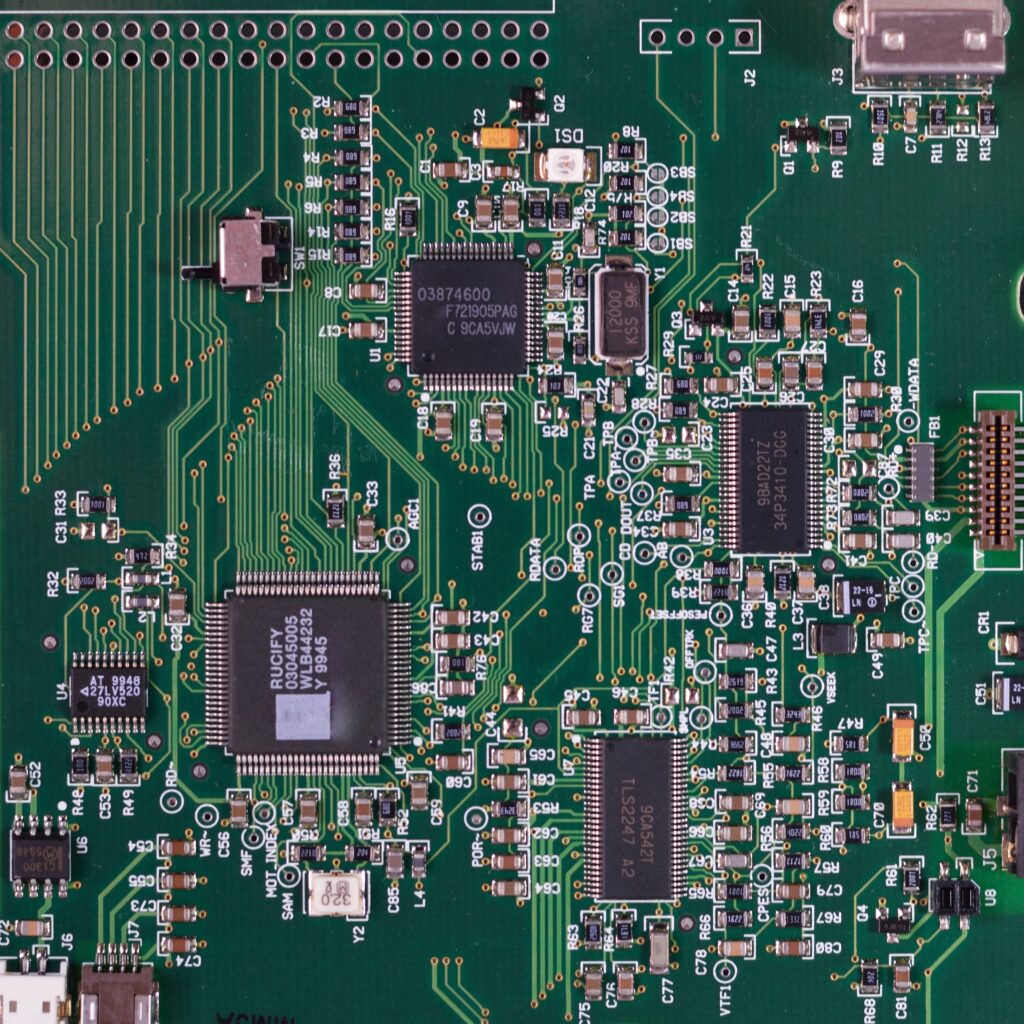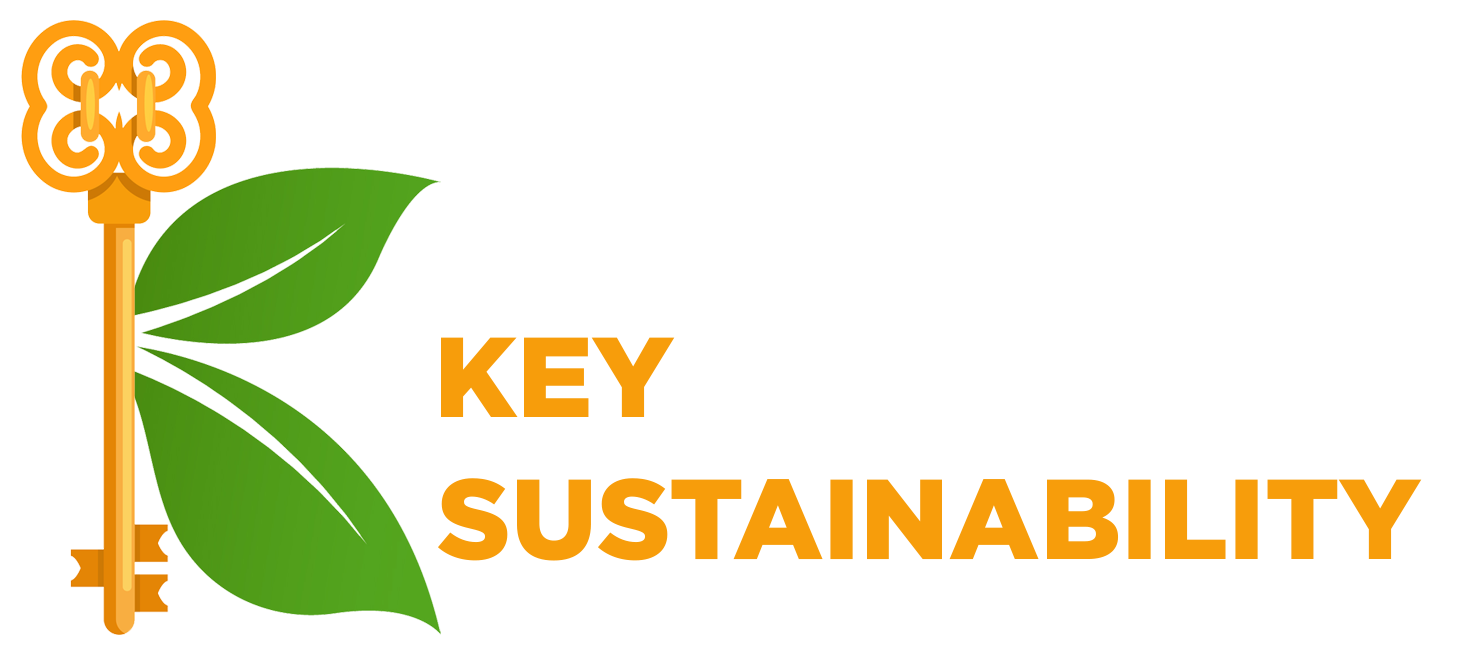RoHS (Restriction of Hazardous Substances)
Directive 2011/65/EU lays down rules on the restriction of the use of hazardous substances in electrical and electronic equipment (EEE) with a view to contributing to the protection of human health and the environment, including the environmentally sound recovery and disposal of waste EEE.
Manufacturers, retailers and suppliers of electrical and electronic products must comply with different regulations of Restriction of Hazardous Substances relevant to their end market.
Restrictions
Chromium VI, PBB and PBDE contained in electrical and electronic products. RoHS limits these substances to 0.1% or 1,000 ppm (except for cadmium, which is limited to 0.01% or 100 ppm) by weight of homogenous material.

Objective of RoHS
RoHS regulation aims at restricting the use of hazardous substances contained in electrical and electronic equipment, to better protect the environment and human health. As a result, the waste of electrical and electronic equipment (WEEE) becomes easier to recycle and shall be less harmful.
Scope
RoHS regulations target Electrical and Electronic Equipment (EEE). Depending on the countries, the covered product categories differ. Europe RoHS probably has the broadest scope, covering most household, professional, medical devices, tools, monitoring instruments, and even industrial products.
Service offerings:
- Verification of RoHS conformity for the products.
- RoHS Declaration for the products which are having restricted substances.
- RoHS testing & verification services from authorized 3rd party laboratory.
- Provide report through IPC 1752 A for FMD ( Full material Disclosure)

